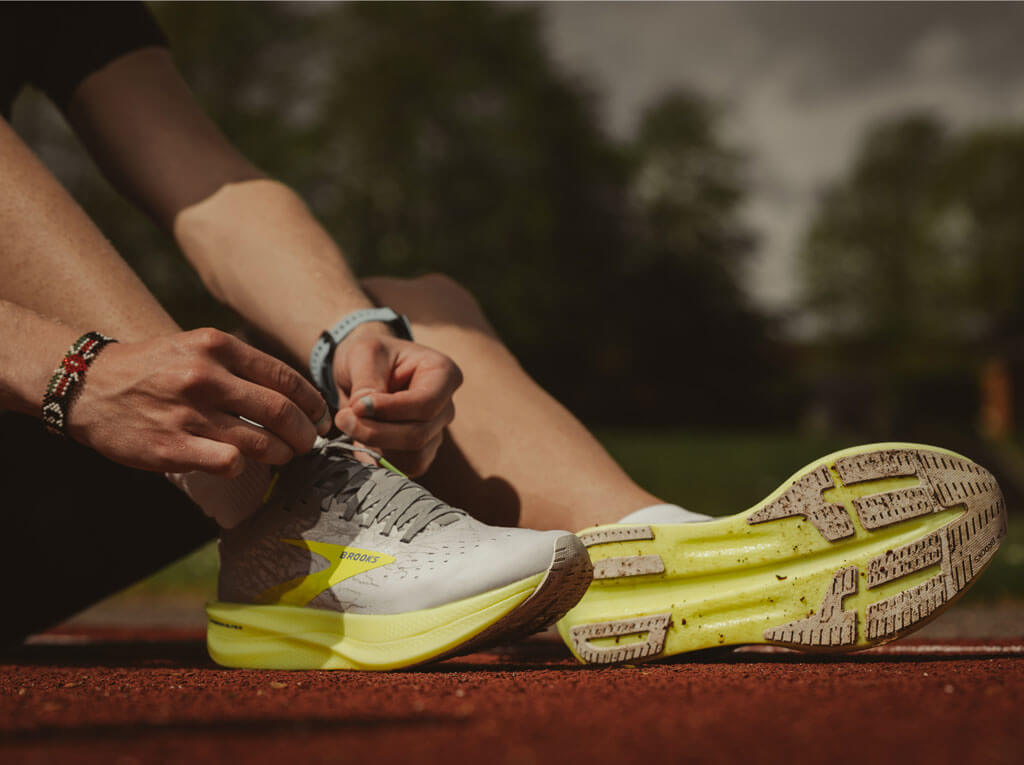Running, one of the simplest and most beneficial forms of exercise, offers numerous health advantages from improving cardiovascular health to reducing stress. But before you hit the pavement, it’s essential to have the right gear. At the forefront of this gear is the humble running shoe. Here’s how to ensure you pick the perfect pair.
1. Understand Your Running Profile:
Before diving into shoe specifics, it’s crucial to determine your running profile. Consider the following factors:
- Frequency: How often do you run? Daily runners might need more durable shoes compared to occasional joggers.
- Terrain: Where do you usually run? Roadrunners and trail runners will require different shoes due to surface differences.
- Distance: Are you training for a marathon or just jogging around the block? Longer distances demand shoes that offer sustained comfort and support.
2. Determine Your Foot Type and Pronation:
Pronation describes the foot’s inward roll while running. Identifying your foot’s pronation type will help select shoes that offer adequate support.
- Neutral Pronation: A well-balanced footfall. Look for ‘neutral’ shoes.
- Overpronation: Foot rolls inwards excessively. You’ll benefit from ‘stability’ or ‘motion control’ shoes.
- Supination (Underpronation): Foot rolls outwards. Seek shoes with good cushioning and flexibility.
A wet footprint test can help determine your foot type. Simply wet your foot, step on a paper bag, and compare the imprint to a foot type chart.
3. Factor in Shoe Categories:
- Neutral Shoes: Ideal for runners with a natural gait. They offer cushioning and support without altering foot motion.
- Stability Shoes: Designed for overpronators, these shoes offer midsole support and cushioning.
- Motion Control Shoes: Suited for severe overpronators, they reduce foot rotation.
4. Know Your Fit:
When trying on shoes:
- Toe Box: Ensure there’s about a thumb’s width between your longest toe and the front of the shoe.
- Heel: Your heel should fit snug, but not tight. Minimal or no slipping should occur when running.
- Width: Feet should spread out comfortably without the shoe feeling too tight or loose.
5. Prioritize Shoe Technology and Material:
- Midsole: Acts as the shoe’s shock absorber. Materials like EVA or polyurethane can offer durability and bounce. The midsole’s design can also address pronation issues.
- Outsole: Made of durable materials like carbon rubber or blown rubber. Depending on your terrain, look for patterns and thicknesses that offer appropriate traction.
- Upper: This holds the shoe on your foot. It should be breathable, offering a snug yet comfortable fit.
6. Listen to Your Old Shoes:
Worn-out shoes can indicate your foot’s running pattern. For instance, excessive wear on the shoe’s inside might suggest overpronation. Bring your old pair when shopping for new ones; knowledgeable store assistants can glean a lot from them.
7. Don’t Rely Solely on Price or Brand:
Expensive doesn’t always equate to better. While premium shoes might offer advanced technologies, mid-priced options can be just as effective for many runners. Always prioritize fit, comfort, and your specific needs over brand or price.
8. Transition Time:
If you’re switching shoe types (e.g., from neutral to stability), give your body time to adjust. Rotate between your old and new pairs for a few weeks.
9. Regularly Replace Your Running Shoes:
Depending on running intensity, terrain, and shoe construction, most running shoes last between 300 to 500 miles. Keep track and replace them once they near their end of life to avoid injuries.
10. Get Expert Advice:
Lastly, consider visiting specialty running stores where trained staff can assess your gait, offer personalized recommendations, and allow you to test shoes on a treadmill or running track.
In conclusion, selecting the perfect running shoe is a blend of understanding your foot’s mechanics, recognizing your running profile, and prioritizing comfort and fit. The journey might require some patience, but the reward—a comfortable, injury-free run—is well worth the effort.
Also check – How To Stay Fit Even While You Are On A Motorcycle Tour



